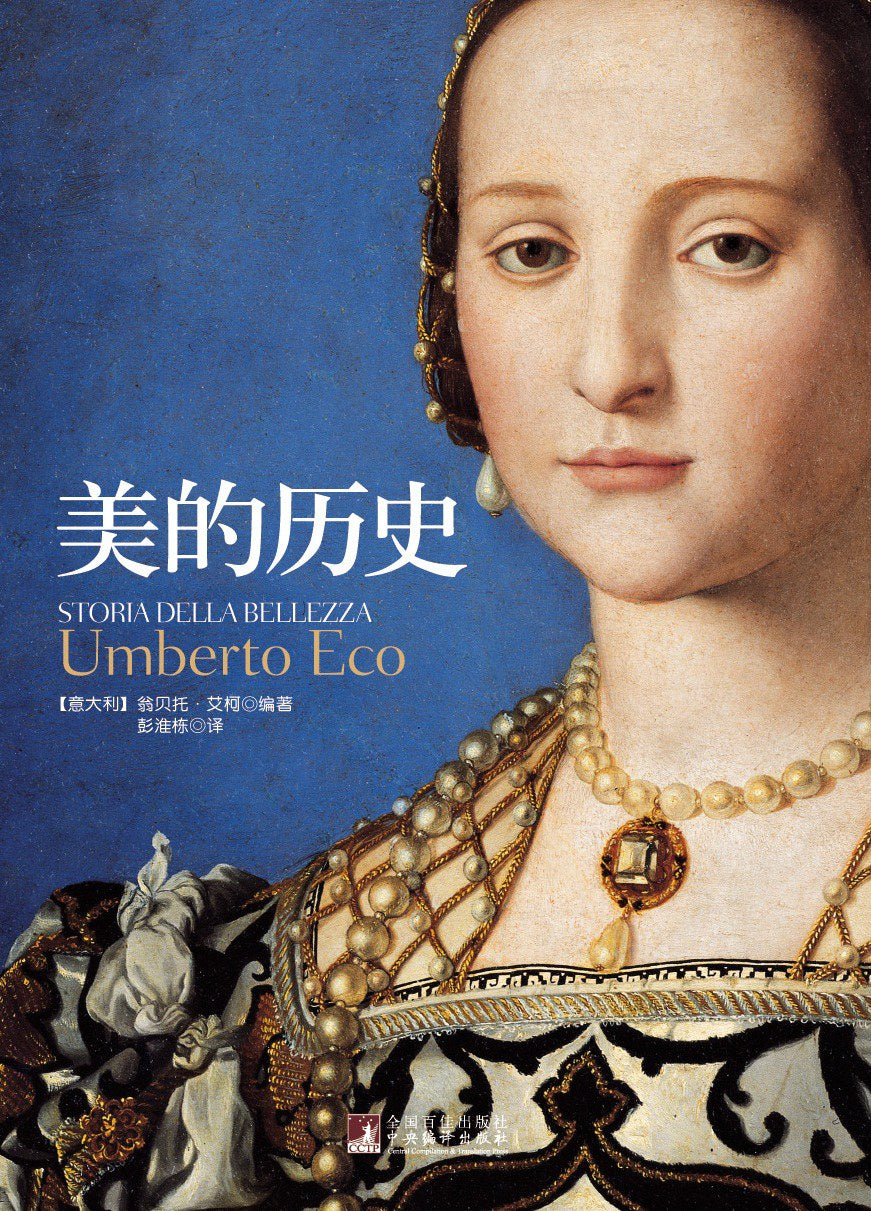1
/
of
1
The history of beauty
The history of beauty
Paperback
[Italian] Umberto Eco Peng Huaidong 译Regular price
$28.99 USD
Regular price
$28.99 USD
Sale price
$28.99 USD
Unit price
/
per
Low stock
Couldn't load pickup availability
About Book
About Book
Storia della bellezza
"The History of Beauty," a masterpiece by the versatile master Eco, spanned 45 years and has been translated into 28 languages, enjoying global popularity. Rather than deriving from any preconceived aesthetics, "The History of Beauty" surveys what Western society has considered beautiful over thousands of years, employing a multi-layered approach to present the context of beauty and offer a journey through the world of aesthetics. The book's narrative introduces a continuous stream of paintings and sculptures, accompanied by extensive citations from writers and philosophers of various eras. A multi-page chronological chart at the beginning provides a clear overview of the evolution of concepts of beauty throughout history. With unique insights, the author unravels beauty through the course of time, offering a comprehensive and insightful account of its development, encompassing literature, art, and other aspects. This presentation possesses a unique texture and beauty, permeating the insights of a master of aesthetics, making it a truly rare and valuable collection.This extremely beautiful and substantial work offers readers a multi-layered path, including flowing textual narratives, rich examples such as paintings and sculptures, and also includes selected and comparative explanatory content from writers and philosophers of every era. For readers, this book is like a guiding map of the concept of beauty, inviting them to embark on a series of surprising and wonderful journeys.
What is beauty? What is art? What are taste and fashion? Is beauty something to be observed calmly and rationally, or is it a medium that stirs the soul? Eco leads us on a captivating aesthetic journey, exploring the changing notions of beauty from ancient Greece to the present day, and examining the values and ideals that have accompanied beauty throughout the ages. Beyond closely examining visual art and drawing on literature from across the ages, he broadens his scope to consider love, the role of women, ugliness, cruelty, and even demonic nature.
"A History of Beauty" presents the historical context of beauty. It is not merely a history of art or aesthetics, but rather a fusion of the two, offering a definition of beauty from classical antiquity to the present day. The book explores beauty in painting, sculpture, architecture, film, photography, installation art, and literature, encompassing a wide range of fields and fields, ensuring a compelling and comprehensive understanding for a broad readership.
Wonderful comments:
The History of Beauty is a perfect book, an encyclopedia of beauty. It is beautifully edited and well-written. Only Eco's breadth and depth could have produced such a masterpiece.
——Amazon.com Gombrich's "History of Beauty" is purely viewed from the perspective of art history; Eco's academic orientation is broad, and his discussions are not limited to art history. He also quotes extensively, looking for references from the history of literature, the history of literary criticism, and the history of philosophical thought, and uses relevant knowledge in addition to aesthetics as a starting point for discussion.
—Lin Zaijue, publisher of Taiwan's Lian Jing Publishing Company: This is not a history of art, literature, or music; it is simply a history of "beauty," applicable throughout history and across the world. Eco explains that the book draws heavily from the art world because, compared to the beautiful objects created by ordinary people, artists' works are more likely to survive, and they also leave behind more fragments explaining what they consider beautiful. Eco believes that the concept of beauty is never absolute or irrefutable, and therefore devotes considerable space to juxtaposing different aesthetic concepts, exploring how different models of beauty coexisted within the same era and how other models resonated with each other across time. Eco readily acknowledges that his view of beauty may invite criticism of relativism, as if it shifts with different historical periods and cultures, and this is precisely his intention. As to whether, amidst all the myriad variations in beauty, there is a unified pattern, Eco coolly concludes: "It is up to the reader to decide."
——Recommended by Taiwan Eslite Bookstore
Publication Date
Publication Date
2011-10-01
Publisher
Publisher
中央编译出版社
Imprint
Imprint
Pages
Pages
440
ISBN
ISBN
9787511707383
share

